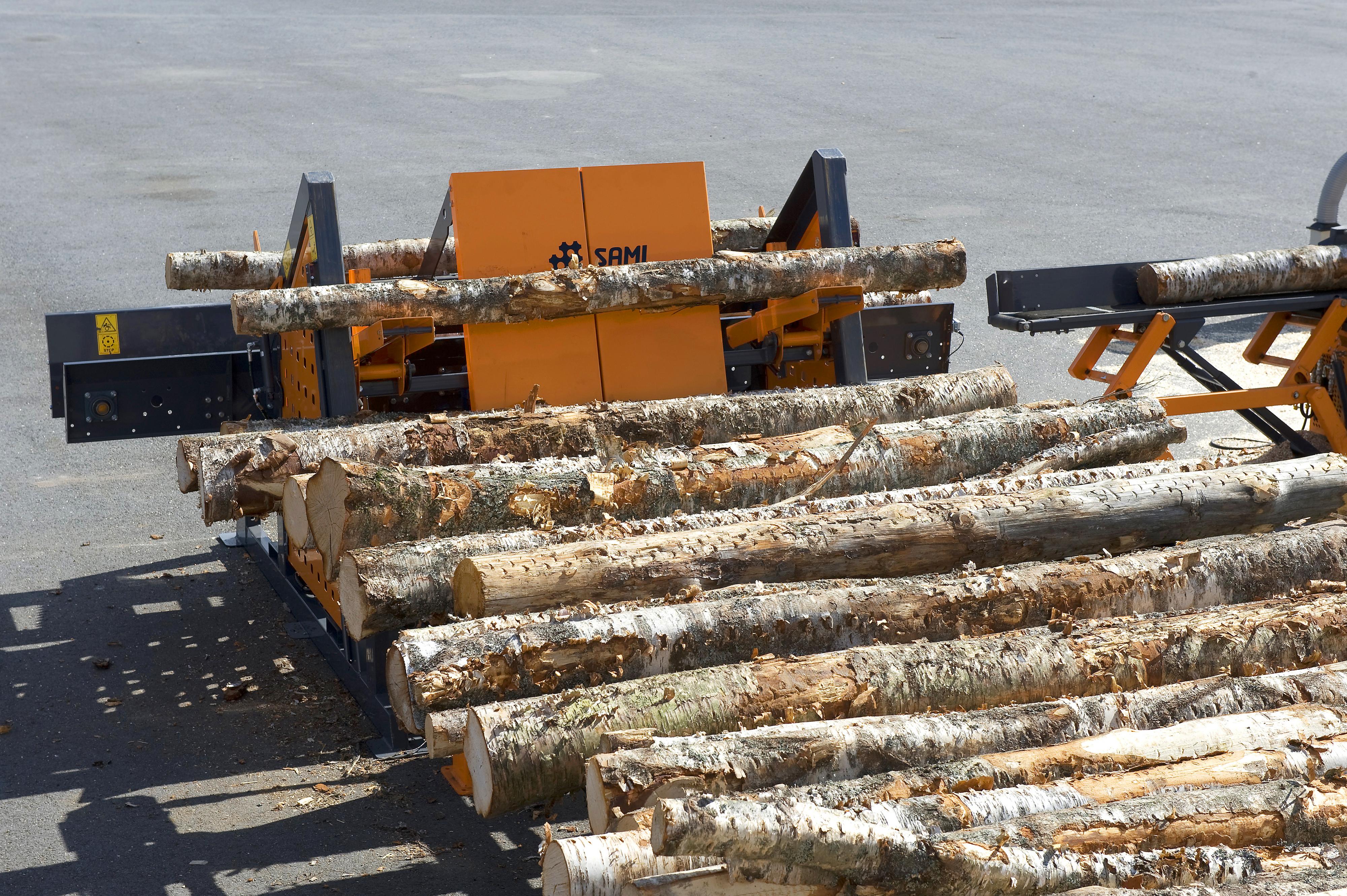Ensuring safety when operating an automatic log cutter and splitter is paramount. This article will explore vital safety features and practices, ensuring your firewood processing is both efficient and accident-free.
Why is blade safety important in a log cutter?
The blade of a log cutter is its most critical component, and ensuring its safety is essential. A secure and well-designed blade guard is crucial for preventing accidents, as it acts as a barrier between the operator and the sharp, moving parts of the machine. This safety feature helps reduce the risk of accidental contact and potential injuries.
Additionally, the quality and sharpness of the blade significantly contribute to both safety and efficiency. A sharp, high-quality blade not only ensures smoother cutting but also requires less force, reducing the likelihood of mishaps. Regular maintenance and checks are necessary to maintain the blade’s optimal condition, ensuring safe and effective operation.
How do anti-kickback features enhance log cutter safety?
Anti-kickback features are crucial in minimizing injury risks during log cutter operation. These mechanisms are designed to prevent the sudden and forceful ejection of logs, which can occur if the blade catches improperly. Such incidents can lead to loss of control and serious injuries.
Anti-kickback devices work by providing a controlled environment for the log during the cutting process, ensuring it remains stable and secure. By maintaining control over the cutting process, these features enhance the overall safety and efficiency of the operation, making them indispensable in modern log cutters.
What role do emergency stop functions play in safety?
The inclusion of easily accessible emergency stop buttons or switches is a non-negotiable safety requirement in log cutters. These features allow operators to quickly halt the machine in the event of an emergency, preventing potential accidents and injuries.
An emergency stop function is crucial when unforeseen issues arise, such as mechanical failures or operator errors. The ability to rapidly cease operations ensures that any dangerous situations can be addressed immediately, safeguarding both the operator and the machine.
Why is operator training crucial for using log cutters safely?
Proper training is vital for anyone operating a log cutter. Understanding the machine’s features, operational protocols, and safety measures can significantly prevent accidents and enhance overall safety. Trained operators are more adept at identifying potential hazards and responding appropriately.
Comprehensive training programs should cover various aspects of log cutter operation, including machine handling, maintenance, and emergency procedures. With the right knowledge and skills, operators can ensure a safer working environment while maximizing the efficiency of the log cutter.
What safety gear should be used when operating a log cutter?
Personal protective equipment (PPE) is essential when operating a log cutter to ensure the safety of the operator. Key protective gear includes gloves, goggles, and ear protection. Gloves provide protection against cuts and abrasions, while goggles shield the eyes from flying debris.
Additionally, ear protection is necessary to prevent hearing damage due to the loud noise generated by the machine. By equipping themselves with the proper safety gear, operators can significantly reduce the risk of injury while working with log cutters.
Conclusion
Key takeaways from this article include the importance of blade safety, anti-kickback features, emergency stop functions, operator training, and the use of protective gear. These elements are critical in ensuring a safe and efficient log cutting experience. At Reikälevy, we prioritize safety and efficiency in our SAMI product range, offering solutions that help professionals and resellers succeed in their endeavors. For more information or to explore our products, we invite you to contact us or visit our website.

